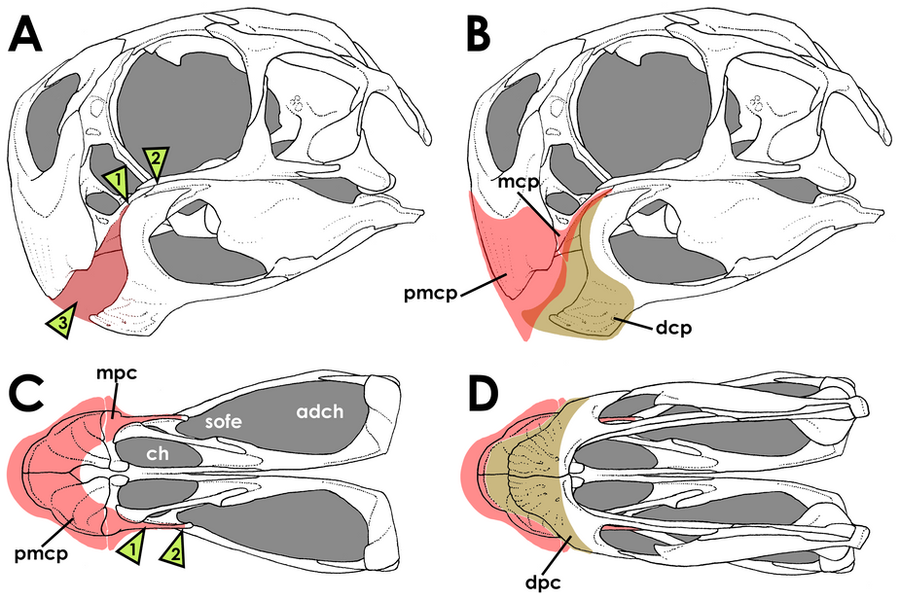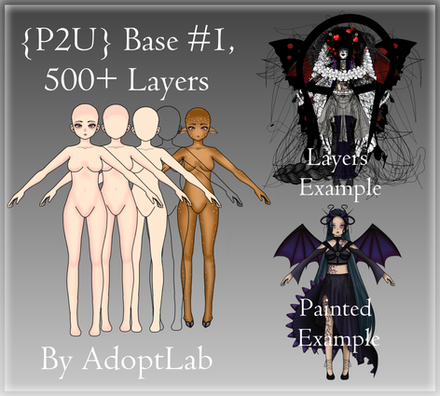HOME | DD
 Qilong — Reconstructing the Beak in Oviraptorids
by-nc-sa
Qilong — Reconstructing the Beak in Oviraptorids
by-nc-sa

Published: 2013-02-04 07:06:47 +0000 UTC; Views: 1891; Favourites: 56; Downloads: 33
Redirect to original
Description
In connection to my blog post, here: [link]Certain features of the oviraptorid rostrum tell you what the soft-tissue, the "beak" itself, is shaped like, and how far it would extend. Shown here is the maximum extent on the bones of the skull, and beyond that, how far the beak would have to extend to "close" the mouth. In the image, the arrows marked "1" and "2" show the length of contact between the bony portions of the upper and lower jaws -- note, it's not much. The skull illustrations, shown here in side and bottom views -- although I should note the side view is rotated a bit so it's not a perfect correspondence to the bottom view -- demonstrate the "static" position of the lower jaw, where the jaw should be at rest (or so I assume for the purpose of analysis), and thus helps us provide a constraint on how much the beak has to be present. The shape of the beak follows parrots to some degree, but this skull, based on the PIN undescribed conchoraptorine I nickname "Big Beak," has two falcon-like "points" on the sides that may or may not be actual bony projections, and might accentuate extensions of the beak.
The two ventral "prongs" in oviraptorid beaks are probably NOT covered in cornified or beaky tissues, and may instead be lined with typical oral epithelium, like the rest of the inside of the mouth. A more in-depth reconstruction of the rostrum in multiple views, including the lower jaw, in cutaway and everything, is forthcoming.
Related content
Comments: 3

Cool!
So the "prongs" were probably invisible when the critter was alive, mh?
👍: 0 ⏩: 1

I'll be getting to that in a bit. I want to focus on the external bits and muscle. The inner structure all depends on other factors such as inner nostril placement and whatnot, and I'd like that handled before I start providing suggestions for the appearance of the inner mouth. It also probably differs from species to species.
👍: 0 ⏩: 0

























